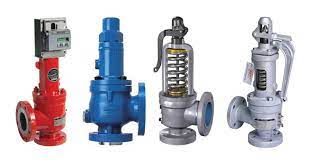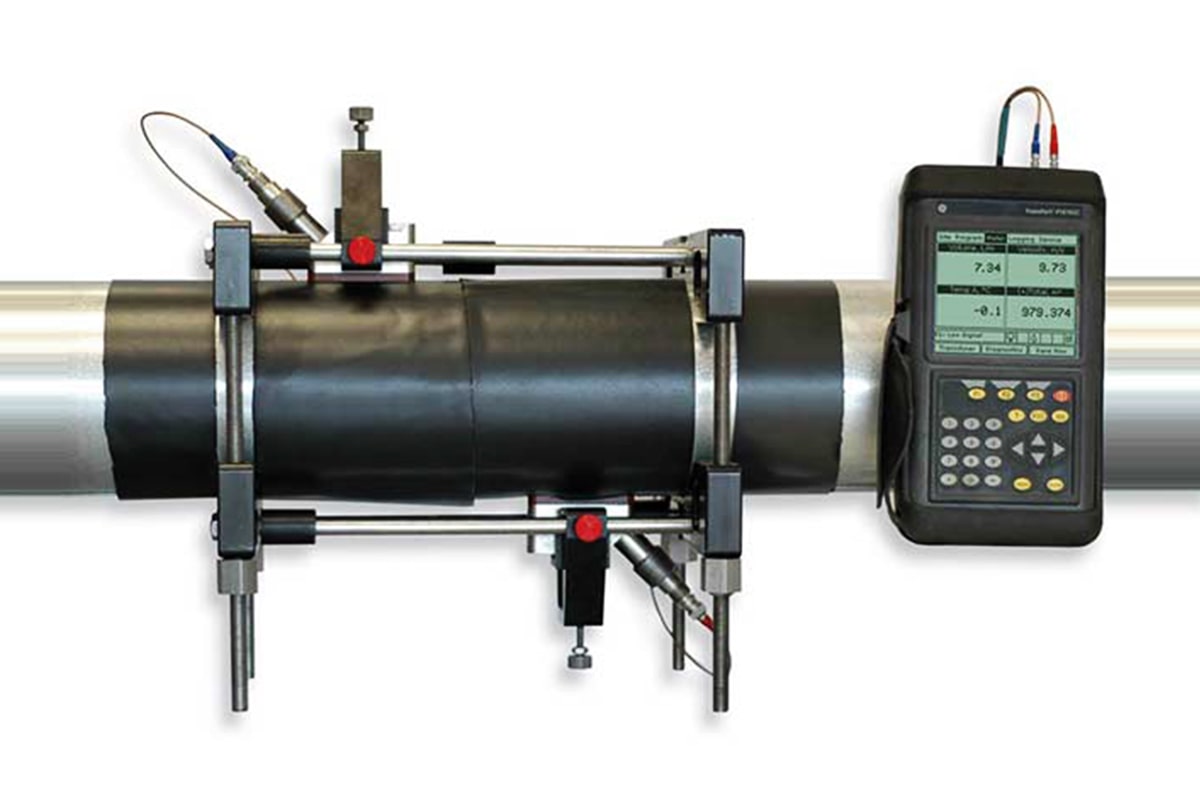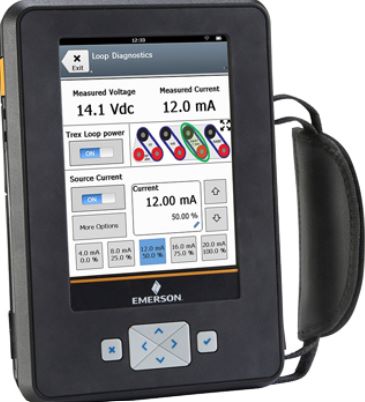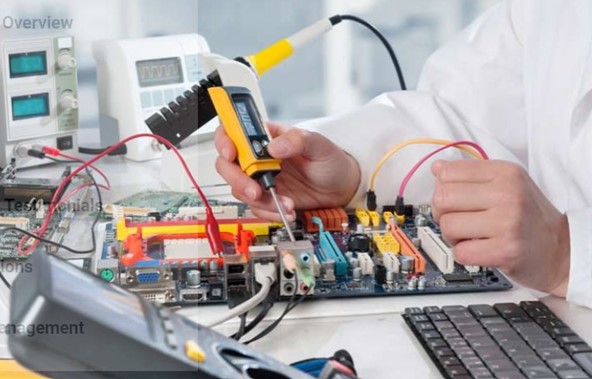
API RP-576 Inspection of Pressure-Relieving Devices
• Pressure safety valves are direct spring-loaded pressure-relief valves that open by static pressure upstream.
• The construction code for pressure safety valves is API Standard 526, covering design, materials, fabrication, inspection, testing, and commissioning.
• Other API Recommendation practices like API Recommended Practice 520 for Sizing and Selection, API Recommended practice 521 Guideline for Pressure Relieving and Depressing Systems, and API Recommended Practice 527 Seat Tightness of Pressure Relief Valves are also used.
• Pressure safety valve manufacture certification may be mandatory by local authority regulation.
• The National Board Inspection Code (NBIC) has its own certification scheme for pressure safety valves and uses the NB symbol.
• Defining the correct air flow in ducts according to DIN EN 12599 is essential for maintaining a comfortable indoor climate and saving costs.
• Air flow through a duct does not have a uniform velocity, with air in the middle flowing faster than at the duct wall.
• Two basic flow profiles are laminar flow and turbulent flow.
• Grid measurement over the whole duct cross-section is indispensable for reproducible results.
• Ideal flow profiles are almost exclusively found in very long ducts running in a straight line and where there are no disruptions.




